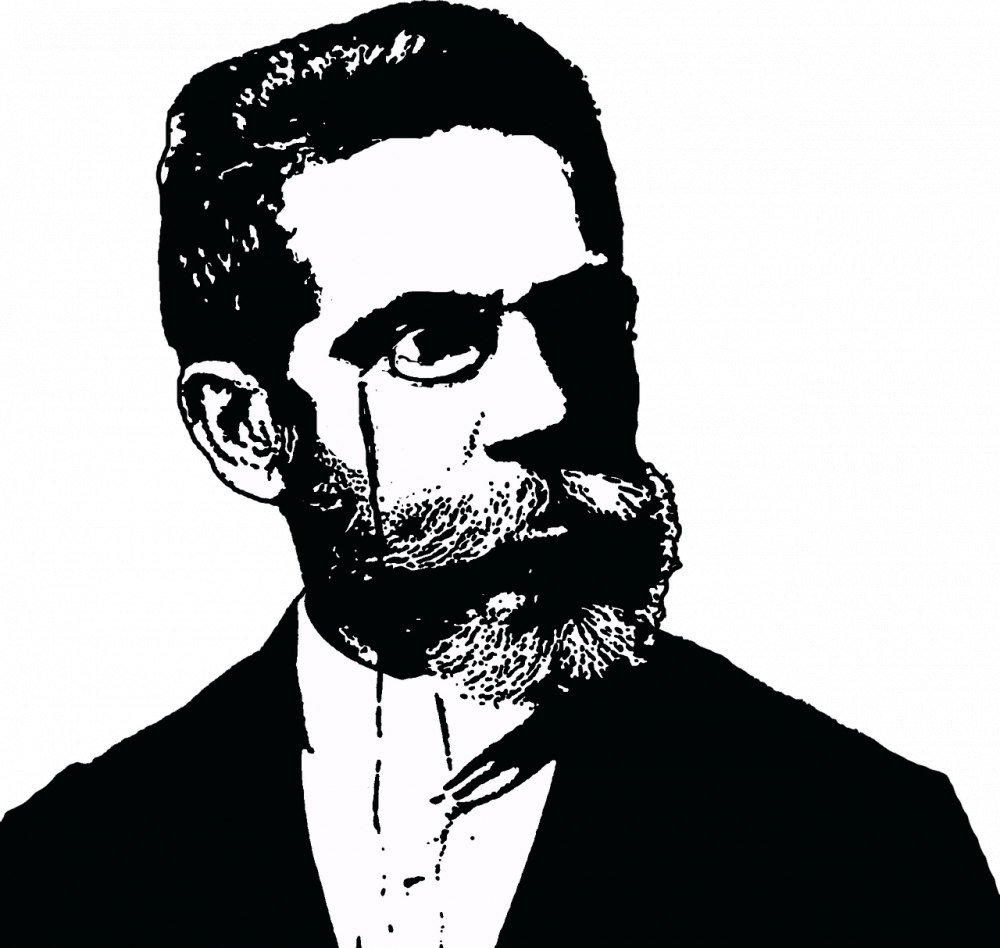Animal Farm by George Orwell: A Revolutionary Allegory

Introduction:
“Animal Farm” by George Orwell is a literary masterpiece that delves into the complexities of power, corruption, and human nature. Published in 1945, this allegorical novella has captivated readers worldwide with its thought-provoking commentary on totalitarianism and the dangers of unchecked authority. In this article, we will explore the significance of “Animal Farm” for those interested in its timeless themes and historical context.
Understanding “Animal Farm”:

At its core, “Animal Farm” is a scathing critique of the Soviet Union under Joseph Stalin and a broader analysis of totalitarian regimes. Orwell artfully employs anthropomorphic animals on a farm to symbolize the major players and events of the Russian Revolution and subsequent Soviet regime. By using animals as characters, Orwell highlights universal flaws in human behavior and exposes the corrupting influences of power. Farm animals such as Napoleon the pig, Snowball the boar, and Boxer the horse represent historical figures like Stalin, Trotsky, and the proletariat, respectively.
The Evolution of “Animal Farm”:
Since its publication, “Animal Farm” has garnered immense popularity and critical acclaim. Initially met with mixed reviews due to its controversial content, it has since become a staple of literary education worldwide. Orwell’s novel continues to be studied in classrooms and is appreciated for its profound political and social insights.
Over the years, “Animal Farm” has experienced several adaptations, including film, stage, and radio versions. These adaptations have contributed to its enduring legacy and expanded its reach beyond the confines of written literature. Orwell’s original work has been upheld as a testament to the power of satire and allegory in revealing uncomfortable truths about society.
Structuring the Text for Featured Snippet:
1. Introduction: “Animal Farm” by George Orwell: A Revolutionary Allegory
2. Understanding “Animal Farm”:
– Significance of the novella among those interested in timeless themes of power and corruption
– Symbolism of animal characters to expose flaws in human nature
3. Historical Context:
– Reflection of the Soviet Union under Stalin
– Critique of totalitarian regimes
4. Evolution of “Animal Farm”:
– Initial mixed reception and subsequent critical acclaim
– Popularity in literary education
– Adaptations in film, stage, and radio versions
5.
Conclusion:
The enduring legacy of “Animal Farm” and its continued relevance in today’s society.
By structuring the article in this manner, we increase the likelihood of it being displayed as a featured snippet in Google searches. The section headings (h2 tags) and bullet points provide clear delineation of the key points, making it more accessible for readers and search engines alike.
Conclusion:
“Animal Farm” by George Orwell not only serves as an engaging literary work but also as a timely cautionary tale. Its critique of totalitarianism and the corrupting effects of power makes it essential reading for those interested in exploring the complexities of human nature and societal dynamics. As Orwell’s magnum opus, “Animal Farm” stands as a testament to the enduring power of literature in uncovering uncomfortable truths and inspiring critical thinking among its readers.





